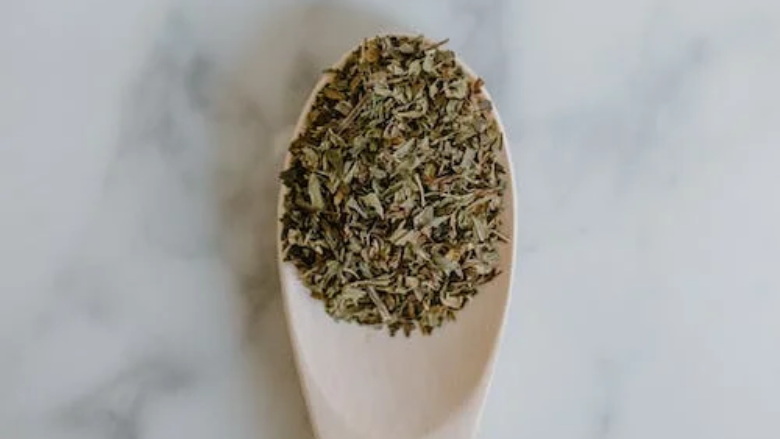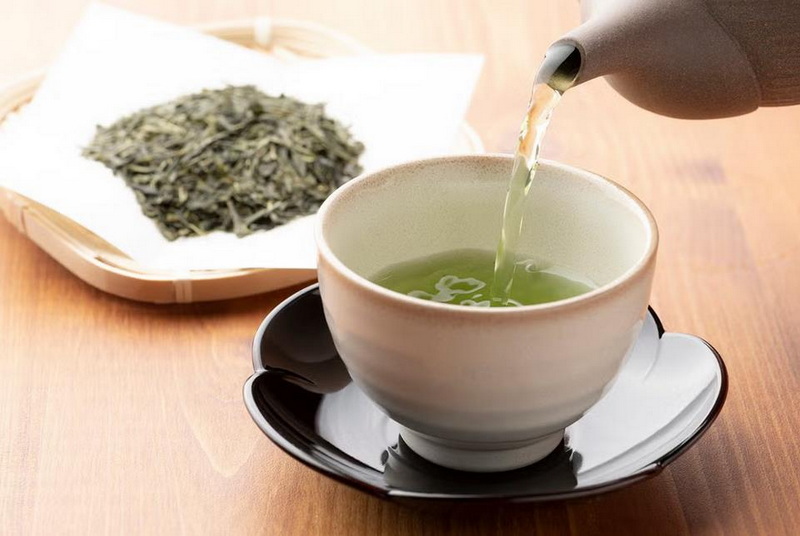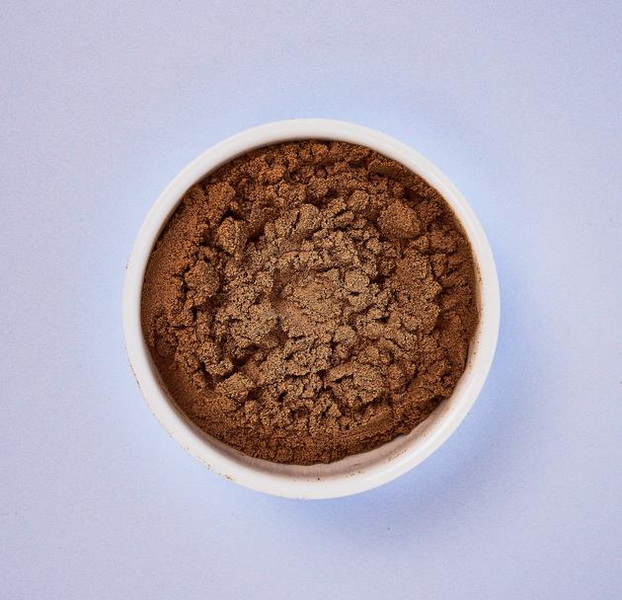Content Menu
● Introduction
● What is Matcha?
>> The Process of Making Matcha
>> Types of Matcha
● Is Matcha Considered an Extract?
>> Differences Between Matcha and Green Tea Extract
● Health Benefits of Matcha
>> 1. Rich in Antioxidants
>> 2. Boosts Metabolism
>> 3. Enhances Mental Clarity
>> 4. Supports Heart Health
>> 5. Detoxification
>> 6. May Help Prevent Disease
>> 7. Enhances Physical Performance
● How to Use Matcha
● Potential Side Effects
● Choosing Quality Matcha
● Conclusion
● FAQ
>> 1. What is the difference between matcha and regular green tea?
>> 2. Can I consume too much matcha?
>> 3. How do I prepare matcha?
>> 4. Is matcha suitable for everyone?
>> 5. Can I use matcha in cooking?
Introduction
Matcha green tea has gained immense popularity in recent years, touted for its numerous health benefits and unique flavor profile. But what exactly is matcha, and how does it differ from traditional green tea? This article will explore the nature of matcha, its extraction process, health benefits, and how it fits into the broader category of green tea extracts.

What is Matcha?
Matcha is a finely ground powder made from specially grown and processed green tea leaves. The leaves used for matcha are shaded from sunlight for several weeks before harvest, which enhances their chlorophyll content and gives them a vibrant green color. After harvesting, the leaves are steamed to prevent oxidation, dried, and then ground into a fine powder.
The Process of Making Matcha
1. Shading: The tea plants are covered to block sunlight, increasing chlorophyll levels.
2. Harvesting: Only the youngest, most tender leaves are picked.
3. Steaming: The leaves are steamed to stop oxidation and preserve their green color.
4. Drying: The steamed leaves are dried to remove moisture.
5. Grinding: Finally, the dried leaves are ground into a fine powder using traditional stone mills.
Types of Matcha
Matcha can be categorized into different grades based on its quality and intended use:
- Ceremonial Grade: This is the highest quality matcha, made from the youngest leaves. It is vibrant in color and has a smooth taste, ideal for traditional tea ceremonies.
- Culinary Grade: This grade is slightly lower in quality and is used for cooking and baking. It has a more robust flavor that can stand up to other ingredients.
- Premium Grade: This falls between ceremonial and culinary grades, suitable for both drinking and cooking.
Is Matcha Considered an Extract?
To understand whether matcha can be classified as an extract, it's essential to define what an extract is. In general terms, an extract is a concentrated form of a substance obtained through various extraction methods. For instance, herbal extracts are typically made by soaking plant material in alcohol or water to draw out active compounds.
Differences Between Matcha and Green Tea Extract
| Feature | Matcha | Green Tea Extract |
| Form | Powdered whole leaf | Liquid or powdered extract |
| Preparation | Ground from shade-grown leaves | Extracted using solvents |
| Nutritional Content | High in antioxidants and amino acids | Concentrated catechins |
| Flavor Profile | Rich, umami flavor | More bitter and concentrated |
While matcha is made from green tea leaves, it differs significantly from standard green tea extracts that may be found in supplements or beverages. Matcha contains the whole leaf in powdered form, while green tea extracts often isolate specific compounds like catechins or caffeine.
Health Benefits of Matcha
Matcha is celebrated not only for its unique flavor but also for its health benefits. Here are some of the key advantages of incorporating matcha into your diet:
1. Rich in Antioxidants
Matcha is packed with antioxidants, particularly catechins, which help combat oxidative stress in the body. These antioxidants can reduce inflammation and lower the risk of chronic diseases such as heart disease and cancer.
2. Boosts Metabolism
Studies have shown that matcha can enhance metabolic rate and fat oxidation. Consuming matcha may help with weight management by increasing energy expenditure during exercise.
3. Enhances Mental Clarity
The amino acid L-theanine found in matcha promotes relaxation without drowsiness. This can lead to improved focus and cognitive function, making it an excellent choice for studying or working on tasks that require concentration.
4. Supports Heart Health
Regular consumption of matcha may help lower LDL cholesterol levels and reduce blood pressure, contributing to overall cardiovascular health. The catechins in matcha have been linked to improved endothelial function as well.
5. Detoxification
The high chlorophyll content in matcha aids in detoxifying the body by eliminating harmful toxins. Chlorophyll is known for its ability to bind to heavy metals and other toxins in the body, facilitating their removal.
6. May Help Prevent Disease
Research suggests that the antioxidants found in matcha may play a role in preventing various diseases by reducing inflammation and oxidative stress. Studies have indicated potential protective effects against neurodegenerative diseases like Alzheimer's due to its ability to reduce amyloid-beta accumulation.
7. Enhances Physical Performance
The combination of caffeine and L-theanine in matcha can improve physical performance by increasing endurance during exercise while reducing fatigue levels.

How to Use Matcha
Incorporating matcha into your daily routine can be easy and enjoyable. Here are some popular ways to use matcha:
- Matcha Tea: Whisk matcha powder with hot water for a traditional tea experience.
- Smoothies: Add a teaspoon of matcha to your favorite smoothie for an antioxidant boost.
- Baking: Use matcha powder in recipes for cookies, cakes, or energy bars.
- Lattes: Combine matcha with steamed milk (dairy or plant-based) for a delicious latte.
- Salad Dressings: Incorporate matcha into homemade salad dressings for added flavor and nutrition.
- Soups: Add a teaspoon of matcha to soups for a unique twist on flavor while boosting health benefits.
Potential Side Effects
While matcha is generally safe for most people when consumed in moderation, excessive intake may lead to:
- Caffeine Sensitivity: Due to its caffeine content (about 70 mg per cup), those sensitive to caffeine may experience jitters or insomnia if consumed late in the day.
- Stomach Upset: Some individuals may find that consuming too much matcha can cause digestive issues such as nausea or upset stomach due to its high concentration of nutrients.
- Interactions with Medications: People on certain medications should consult their healthcare provider before adding significant amounts of matcha to their diet due to potential interactions with blood thinners or other medications.
Choosing Quality Matcha
When selecting matcha, it's important to choose high-quality products to ensure you receive the maximum health benefits:
- Look for Organic Certification: Organic matcha is grown without synthetic pesticides or fertilizers.
- Check Color: High-quality matcha should be bright green; dull colors indicate lower quality.
- Read Labels: Ensure that you're buying pure matcha without additives or fillers.
- Taste Test: Quality matcha should have a smooth taste with a hint of sweetness; bitterness indicates lower quality.
Conclusion
In summary, matcha is a unique form of green tea that offers numerous health benefits due to its high antioxidant content and the presence of L-theanine. While it shares some similarities with green tea extracts, it stands apart as a whole-leaf powdered form that retains all the nutrients found in the tea leaves. Whether enjoyed as a beverage or incorporated into various recipes, matcha provides a delightful way to enhance your diet while reaping its health benefits.

FAQ
1. What is the difference between matcha and regular green tea?
Matcha is made from whole ground tea leaves and contains more nutrients compared to regular steeped green tea, which only extracts some compounds from the leaves.
2. Can I consume too much matcha?
Yes, excessive consumption can lead to side effects such as caffeine sensitivity or digestive issues. Moderation is key.
3. How do I prepare matcha?
To prepare matcha, whisk one teaspoon of powder with hot water until frothy using a bamboo whisk or milk frother.
4. Is matcha suitable for everyone?
While most people can enjoy matcha safely, those sensitive to caffeine should consume it cautiously.
5. Can I use matcha in cooking?
Absolutely! Matcha can be used in various recipes including smoothies, baked goods, salad dressings, soups, and even savory dishes for added flavor and nutrition.






























